According to PhoneArena , the power of the Mate 60 Pro lies in the Kirin 9000S chip manufactured on the 7nm process developed by Huawei's HiSilicon division. Due to limitations, Huawei's last 5G smartphone was the Mate 40 series launched by the company in 2020 and came with a 5nm chip.
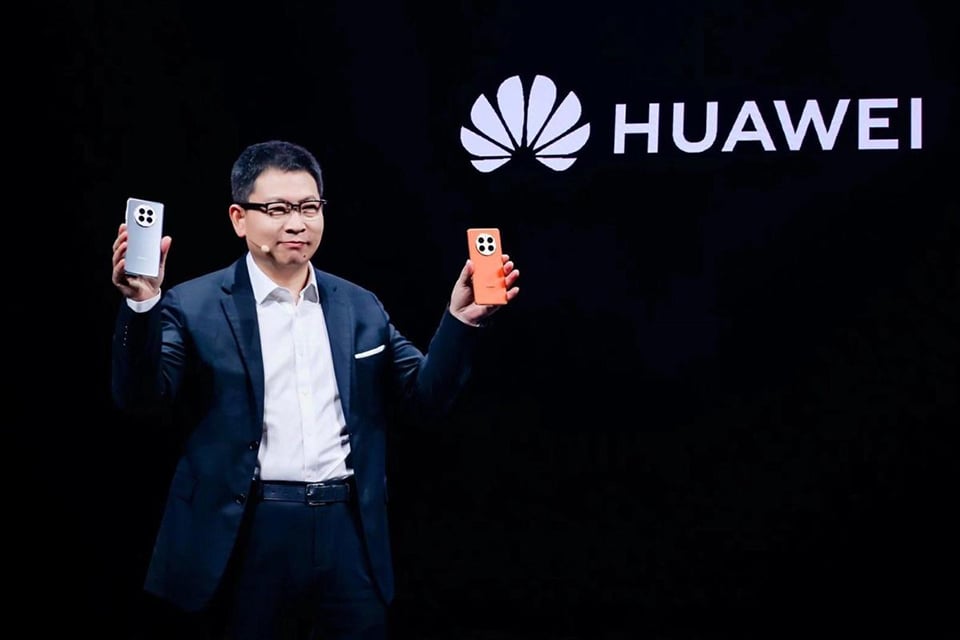
Yu Chengdong is placing high hopes on Huawei next year.
After the launch of the Mate 40 series, Huawei switched to the 4G version of the Snapdragon chip that it received an import license to equip its recent high-end smartphones, including the Mate 50 series (2022) and P60 series (2023). Neither of these phones can connect to 5G signals without a special 5G case provided by a third-party accessory company.
With the Mate 60 Pro, Huawei equipped the product with a 7nm chip called Kirin 9000S manufactured by SMIC and integrated with 5G capabilities. This quickly attracted the attention of chip experts as they searched for reasons as to how SMIC was able to circumvent sanctions to create this advanced chip.
Not stopping there, Huawei is said to have bigger plans for next year, with the head of the company's consumer division, Yu Chengdong, saying that next year the company will launch "groundbreaking" products that could "rewrite the history of the industry." Speaking at Huawei's annual fan club meeting, the Huawei CEO said that these products will be "leading, innovative and groundbreaking."
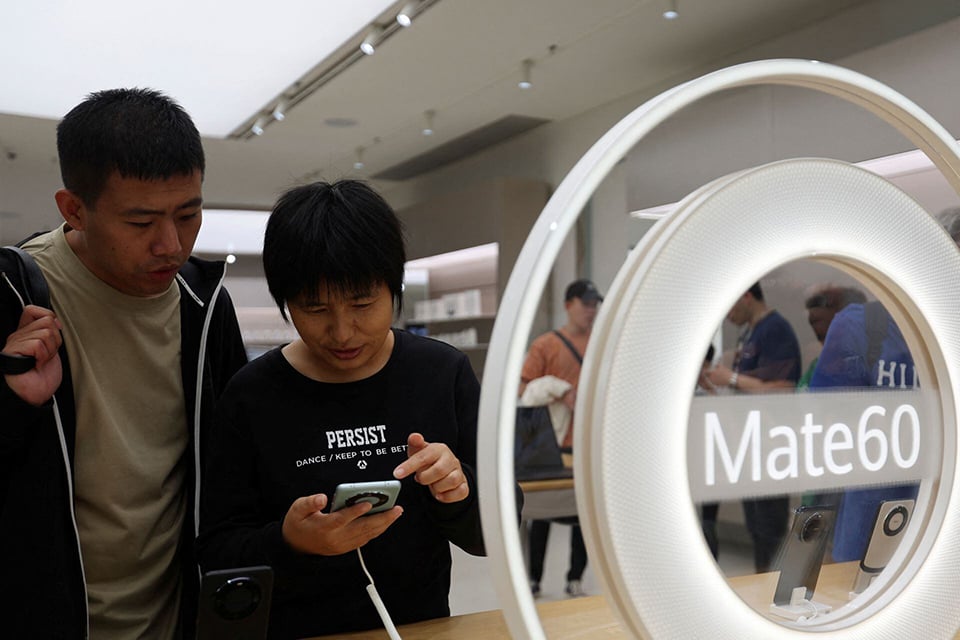
Mate 60 series is popular with Chinese consumers
During the event, Yu further revealed that the company will release native apps and products based on its self-developed HarmonyOS platform. Huawei is looking to attract more app developers to write for the platform, and the next version of the software, HarmonyOS Next, will not support Android apps. The developer preview version of HarmonyOS Next will be released in the first quarter of 2024.
The Mate 60 series is doing well in the Chinese market, with 2.5 million units sold as of November 7 since the launch of the Mate 60, Mate 60 Pro, Mate 60 Pro+ and Mate 60 RS, with the Mate 60 Pro accounting for more than 60% of the phones sold, according to research firm Canalys.
Source link








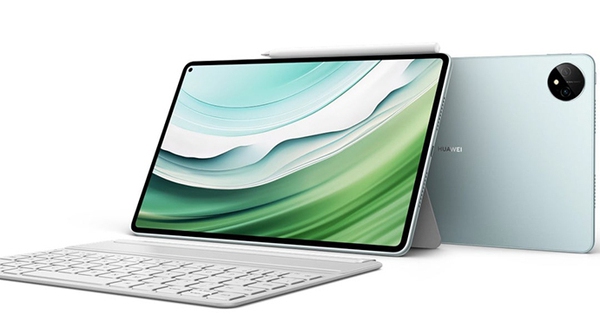
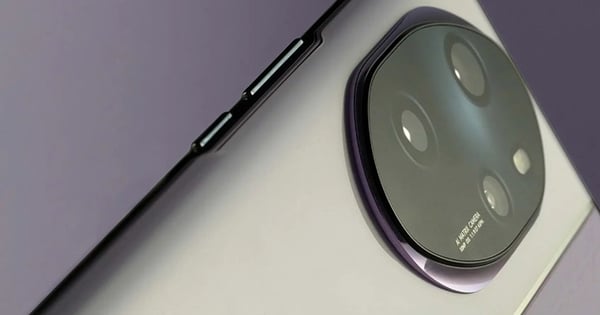
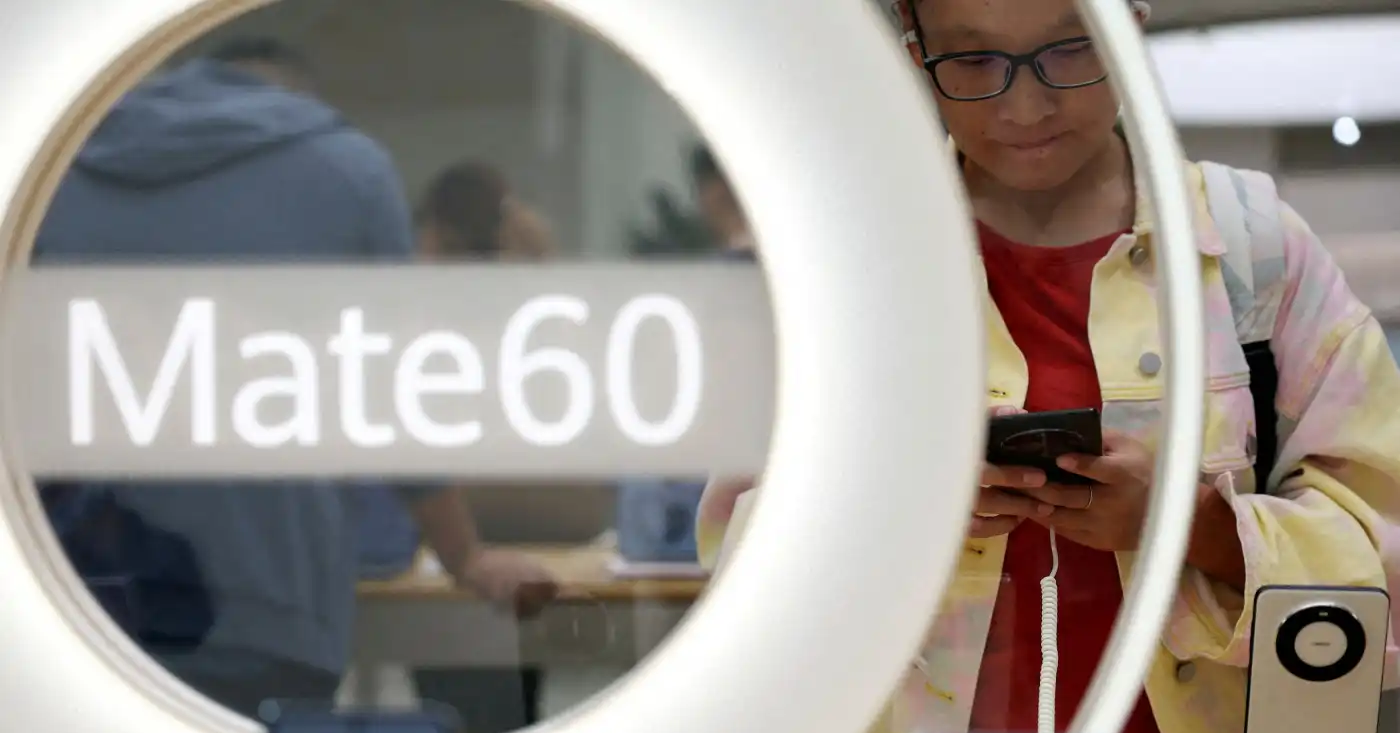

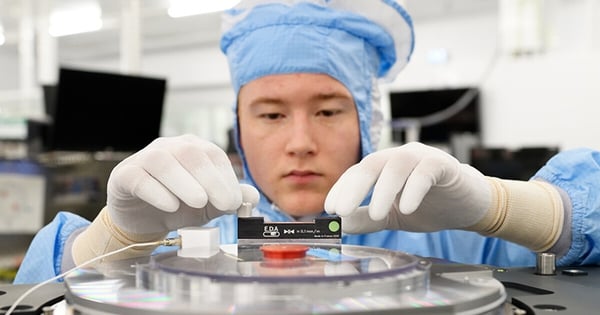
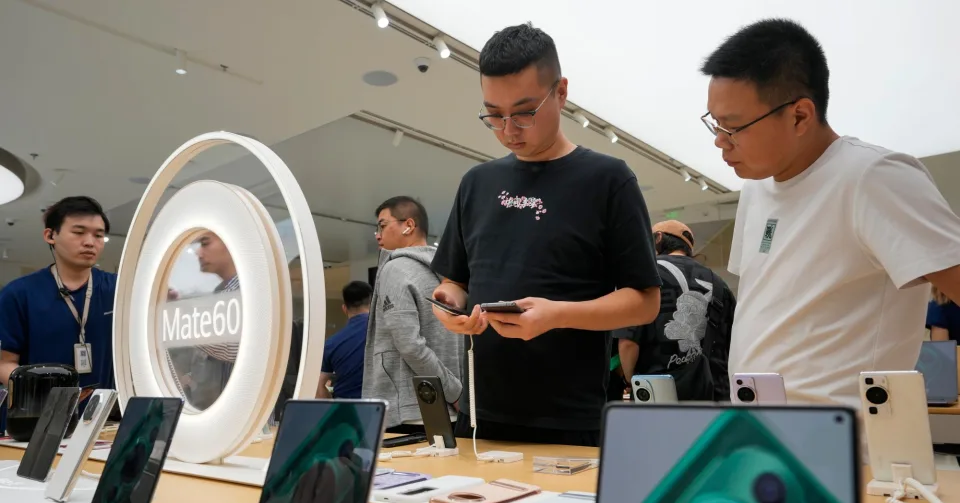
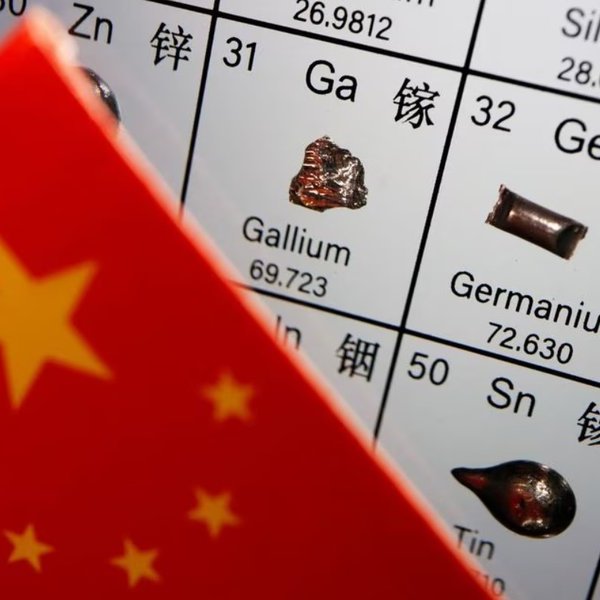



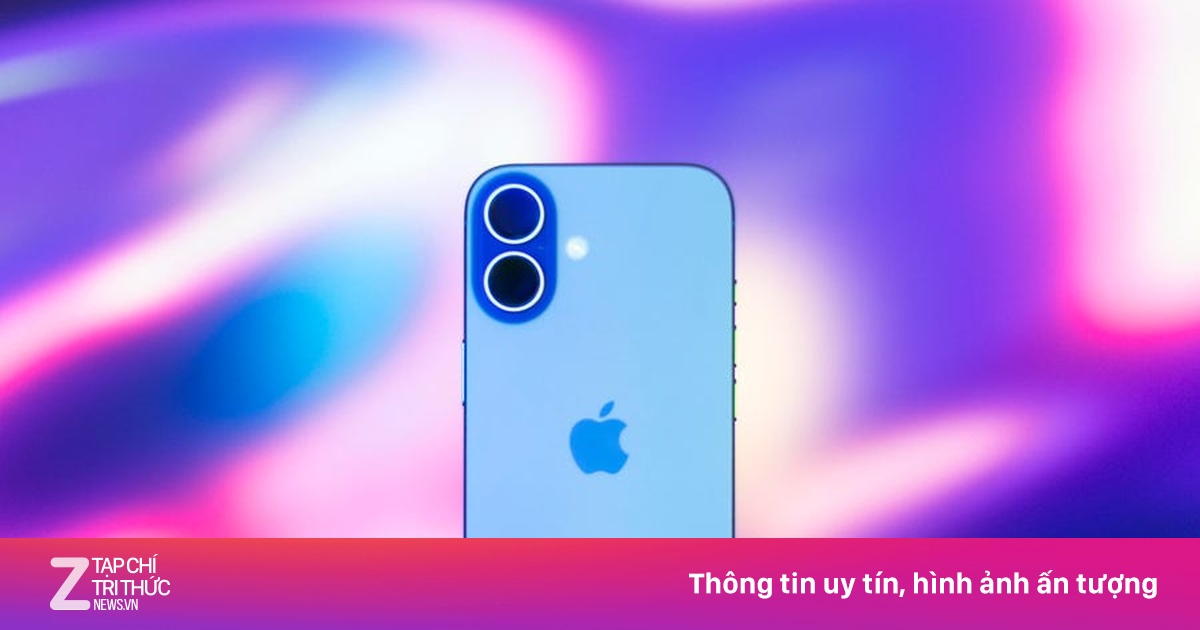

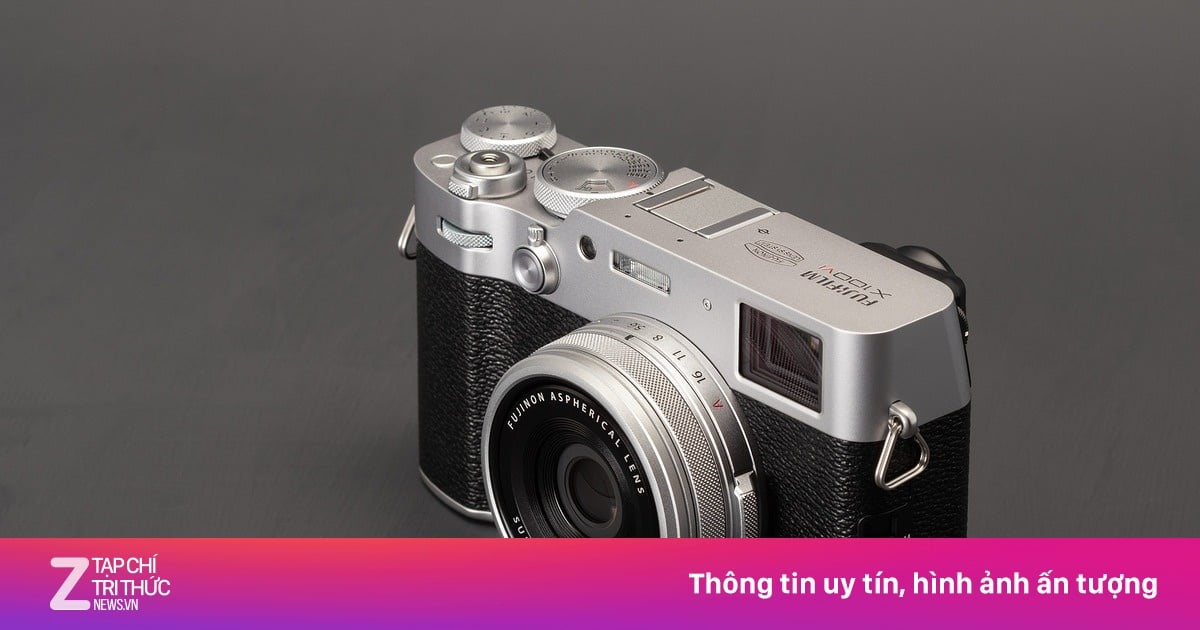
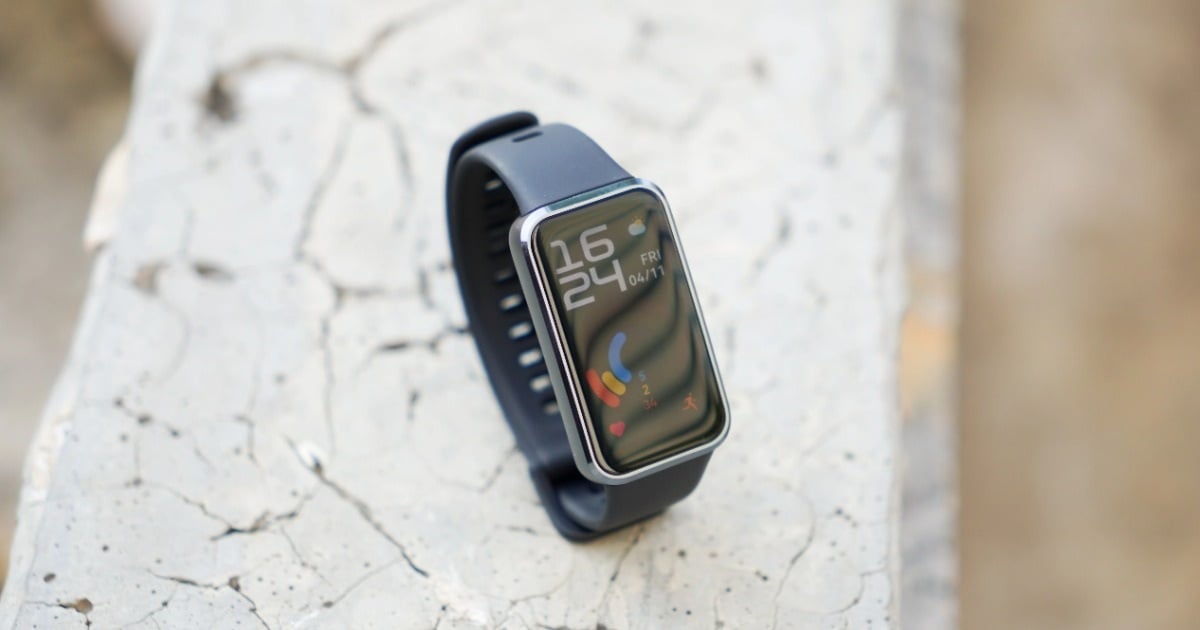





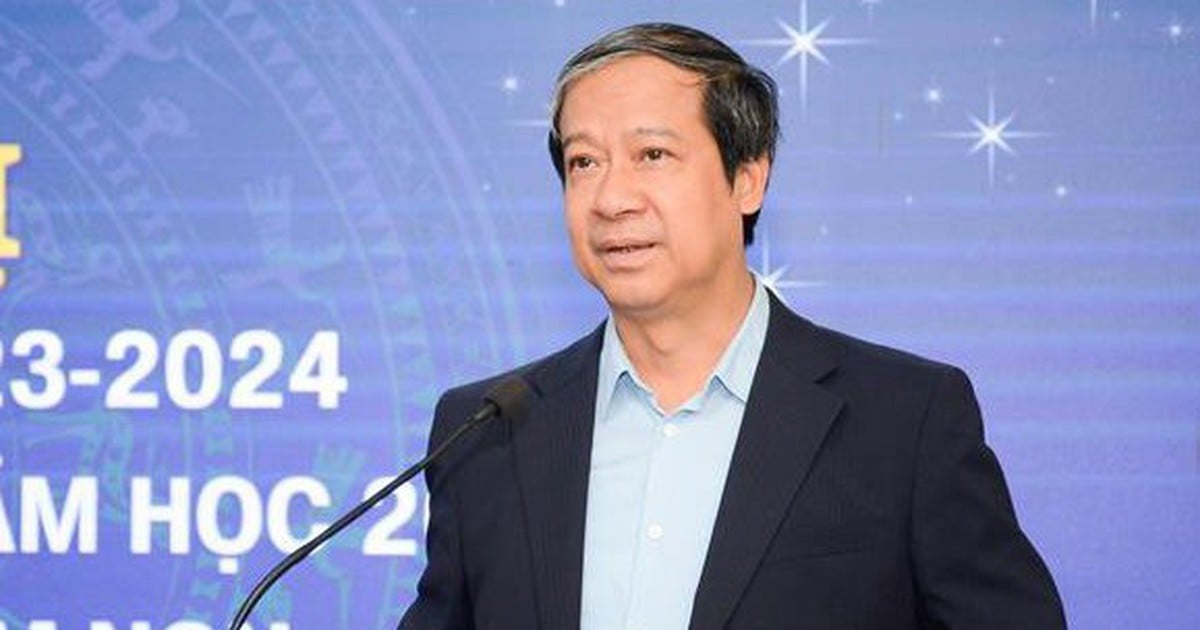


![[Photo] "Beauties" participate in the parade rehearsal at Bien Hoa airport](https://vstatic.vietnam.vn/vietnam/resource/IMAGE/2025/4/11/155502af3384431e918de0e2e585d13a)






























































Comment (0)